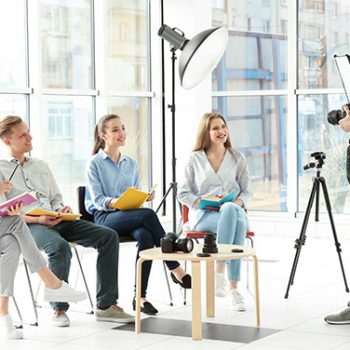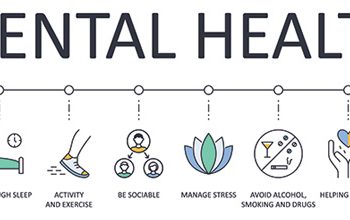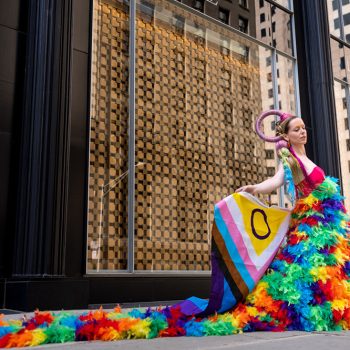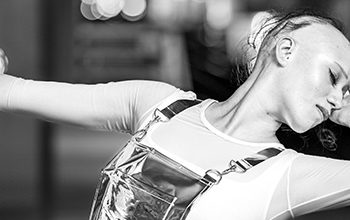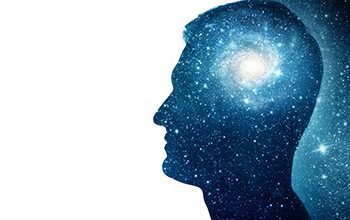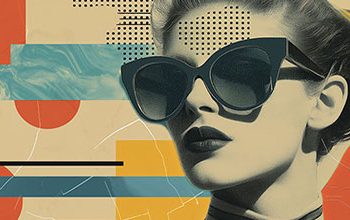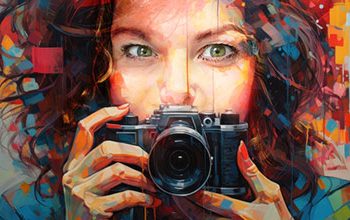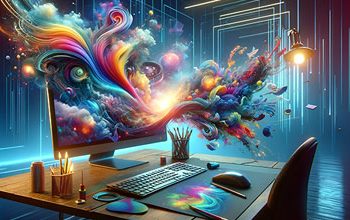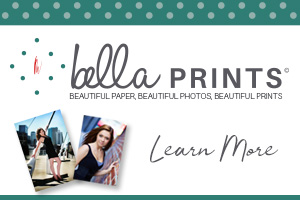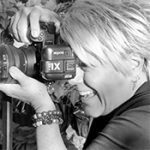Photography can be frustrating when you feel like you’re not improving your skills. The good news, you can make big improvements to your photos by making small changes. In this post, I’m going to share my top three quick hacks to help take your photography game up a notch. These tips will help you take better photos and improve your photography skills.
1 – Do something radically different
One of the best ways to improve your photography is by doing something you’ve never done before or have rarely done. If you’re used to shooting landscapes, try photographing portraits or food photography. If you’re into sports photography, try capturing images at night using long exposures. Changing up your routine can help boost inspiration and reignite enthusiasm for photography—and help you discover new techniques or styles that can integrate into your signature style in no time!
If you always default to a certain lens, try using a different one. A different lens can help you see the world in a whole new way. If you’ve been using the same lens for years, it’s time to give your eyes and brain a fresh perspective by switching things up. Try changing lenses when you’re out and about so that you’re always equipped with expanding your choices for what’s happening around you.
If you typically shoot wide-angle images, try shooting with a telephoto lens and vice versa. If you use wide-angle lenses or zoom lenses a lot, experiment with manual focus to see what kind of results you can get when it comes to fine detail in your shots.
2 – Study Light… Always
Be a student of light, always. Don’t just study lighting when you have a camera in your hand; always study lighting. Looking at the lighting around you at any given moment of the day will help you understand lighting and eventually learn to replicate any kind of lighting for your subjects.
Ask yourself:
- Do I like the lighting?
- Is the lighting warm, cool, or pure white?
- Is the lighting hard or soft?
- Is the lighting bouncing off walls, floor, or ceiling?
- Do the colors in the room cast any tint to the lighting?
- Are there shadows? Do I like the shadows? If I had a choice and wanted no shadows, what can I do to change the lighting?
- Why are there catchlights in my eyes now, but in the other room, there weren’t any?
- Does the lighting bring out texture, or does the lighting soften texture?
- How close to the main light source is illuminated, and notice how that illumination decreases as subjects move away from the main light source?
3 – Experiment
Experimentation is the best way to discover photography further. Unconventional images can often capture the viewer’s attention in new and unexpected ways. Learn how to make small changes that can have a big impact on your photos. Even something as simple as the camera’s position and a change in your perspective can dramatically change how an image looks. Try experimenting with different angles and vantage points until you find one that captures the scene’s essence. Similarly, play around with shutter speeds, aperture settings, lighting effects, white balance, and more for even greater creativity. Another trick is to think outside the box; don’t be afraid to break traditional rules of photography when it suits the image.
Photography is an art and a science. If you are looking to improve your photography, then it’s important to remember these three things: do something radically different, study light… always, and experiment. Finally, just have fun with it. Being playful in your photography will come across to the viewer.


